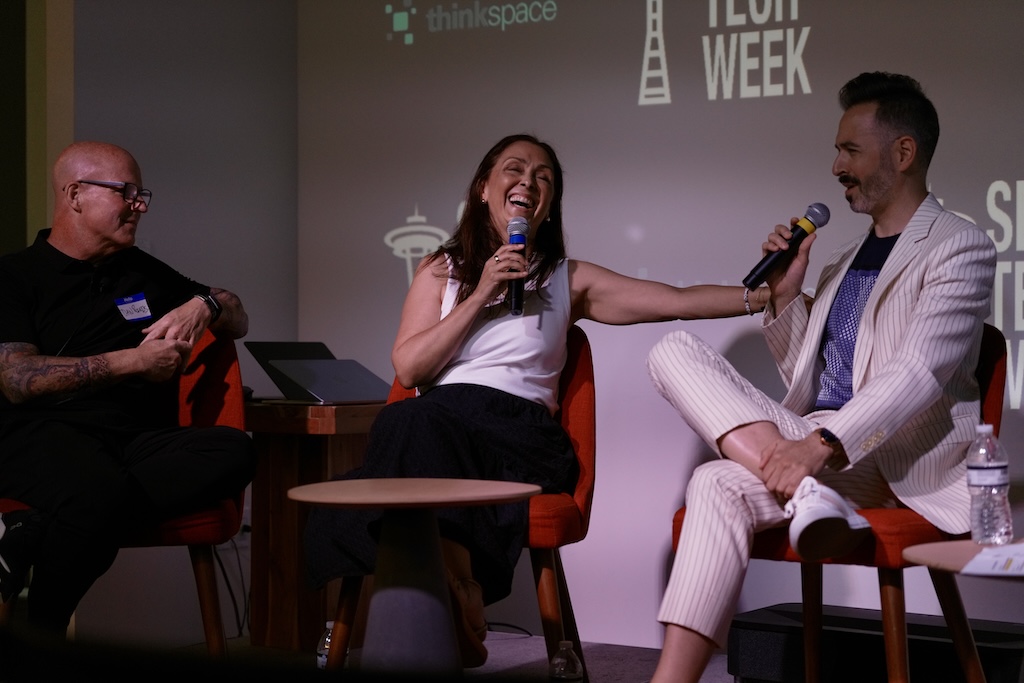 Good intentions don’t necessarily mean anything as they can so often go wrong. Take a look at that picture for example. One would guess that this was made for a baby shower or to celebrate a first birthday – great intention, but it looks as if someone tried to bake an actual baby. Having good intentions at the beginning of a conversation, a meeting or when coming up with a marketing plan is great! But, if you’re relying solely on your intentions and not paying attention to the way other people might think about your words or actions – it could get you in a world of trouble. In the business world, there have been many companies whose conversations, campaigns and tweets began with good intentions but have landed them in some very sticky situations. Here are a three examples of good intentions gone awry.
Good intentions don’t necessarily mean anything as they can so often go wrong. Take a look at that picture for example. One would guess that this was made for a baby shower or to celebrate a first birthday – great intention, but it looks as if someone tried to bake an actual baby. Having good intentions at the beginning of a conversation, a meeting or when coming up with a marketing plan is great! But, if you’re relying solely on your intentions and not paying attention to the way other people might think about your words or actions – it could get you in a world of trouble. In the business world, there have been many companies whose conversations, campaigns and tweets began with good intentions but have landed them in some very sticky situations. Here are a three examples of good intentions gone awry.
Example #1: In April of 2006, Paramount Pictures partnered with the Los Angeles Times to promote the soon-to-be-released film Mission Impossible: III. They decided on an out-of-the-box campaign aimed at turning the ordinary task of getting a morning newspaper into an unanticipated and exciting mission for the local residents. This marketing promotion centered on the idea of placing small music players inside 4,500 newspaper boxes, that, when they were opened, would play the catchy Mission Impossible theme song. However, the intentions of the promotion backfired. It turned out that the music players were not well hidden and scared quite a few nervous customers. Many of whom called local police suggesting that the boxes might be rigged with explosives. “This was the least-intended outcome,” John O’Loughlin, who worked for the Time’s, told the newspaper. “We weren’t expecting anything like this.”
Example #2: In July of 2010, a proposal was presented to the United States Congress regarding which food products can and cannot be marketed to kids ages 2 through 17. Under the proposal, marketers could not advertise goods that contain more than 1 g of saturated fat, any trans fat, 13 g of added sugar or 200 mg of sodium. Some breakfast cereals and potato chips would qualify for marketing but not cheese, flavored milks or even some low-fat yogurts. “We’re in a funny place when Cocoa Puffs qualifies and cheese doesn’t,” comments Connie Tipton, president and CEO of International Dairy Foods Association. “This proposal is not based on science.” I agree with Connie and would dare to throw in that the proposal is also not based on any kind of logic. The proposal was, however, based on good intentions – to help kids eat healthier and to keep kids away from calorie and fat-laden foods. However, the way it played out was definitely not good – considering that if this proposal had passed – it would have eliminated most natural cheeses, which contain more than 200 mg of sodium per serving.
Example #3: This last example is another example of guerrilla marketing gone wrong. The whole point of guerrilla marketing is to cause a bit of an stir, but when companies fail to think about others their marketing plans can unravel very quickly. Zynga Game Network, the San Francisco-based gaming company responsible for Mafia Wars was threatened with a lawsuit for a guerrilla marketing campaign that was launched in 2010. Dozens of fake $25,000 bills were glued to the sidewalk in 5 different San Francisco locations to promote their online game. This could have been a good idea, except that the city was forced to clean up the mess the very next morning. Ultimately, it took 45 minutes for a steam cleaner to clear the bills off of each location. That service coupled with the use of the equipment and Administrative time cost the city quite a bit of money and resources in a time when city budgets were already under siege. Needless to say, many taxpayers were very unhappy with the results. The lesson here is that creativity in marketing is great! But, it must be mixed with a good dose of common sense.
It seems like many of the mistakes made with good intentions have to do with common sense. Take some time to consider things from other people’s point of view. Consider your audience and what their experiences have told them. Just be sure to keep in mind what Samuel Johnson once said and you will remember to think twice; “the road to hell is paved with good intentions.”
